This trend is considered a new learning strategy to help students achieve high scores in exams.
In Seoul, South Korea, the “Gangnam 3 Districts,” which include Gangnam, Seocho, and Songpa, are known for their fierce academic competition. However, the latest data from the Korea Educational Development Institute shows that the dropout rate is rising rapidly, especially at the high school level. In 2024, both Gangnam and Seocho recorded a rate of 2.7%, meaning that out of every 100 students, 2-3 dropped out of school before graduating; Songpa was next at 2.1%.
The definition of “dropping out” is not to give up on the path of education, but to change to a new learning strategy. Specifically, many students take the graduation exam and then leave school early to devote all their efforts to studying for the Suneung, the national entrance exam.
The reason for dropping out is that it is extremely difficult to maintain a good ranking in the top schools in the three Gangnam districts. Even a small mistake in a regular test can cause a student to lose their ranking, affecting their university application.
“I was at the top of my class in middle school, but after my first high school exam, I dropped to third place,” said a student surnamed Kim, a sophomore in Gangnam. “In this competitive environment, it seems more reasonable to focus on studying Suneung.”
Many parents agree. Kim’s mother, Ms. Lee, said: “We don’t want our son to drop out of school, but staying in school means his grades will be difficult to maintain. Studying privately to prepare for Suneung helps him avoid the pressure of grades and focus on his true abilities.”
This trend has created conditions for private academies to thrive. Some offer “package courses” that combine Suneung preparation with a guarantee of passing the high school equivalency exam. This allows students to withdraw from the formal school system while maintaining a university pathway.
The number of students entering top universities through this route is rising sharply. Experts say the trend will continue as South Korea implements a five-tier grading system for high school students, replacing the old nine-tier system. The new system narrows the gap between top students, making it difficult for them to stand out if they are not in the top 10%.
Another trend is the “fourth year of study,” which refers to the period after high school graduation devoted entirely to Suneung preparation at specialized academies. This is part of many families’ long-term plans from the time their children enter high school.
But the price is not small. A year of study at a center can cost up to 50 million won, including tuition, accommodation and other living expenses. Many parents see it as a necessary investment, but critics warn that excessive academic pressure and dependence on the private cram market undermine the role of public schools in providing a well-rounded education, while also affecting the social and emotional development of Korean students.
“Under the new system, if students are not in the top 10%, they will fall into the 11-34% group, making their academic records less competitive compared to their peers,” said Im Seong-ho, head of the Jongro Academy tutoring center. “Therefore, students who do not achieve high scores in the first semester of 10th grade are seriously considering dropping out.”
Source: https://giaoducthoidai.vn/chien-luoc-hoc-tap-moi-cua-hoc-sinh-han-quoc-post743732.html




![[Photo] Prime Minister Pham Minh Chinh chairs the meeting of the Government Party Committee Standing Committee](https://vstatic.vietnam.vn/vietnam/resource/IMAGE/2025/8/23/8e94aa3d26424d1ab1528c3e4bbacc45)
![[Photo] General Secretary To Lam attends the 80th Anniversary of the Cultural Sector's Traditional Day](https://vstatic.vietnam.vn/vietnam/resource/IMAGE/2025/8/23/7a88e6b58502490aa153adf8f0eec2b2)

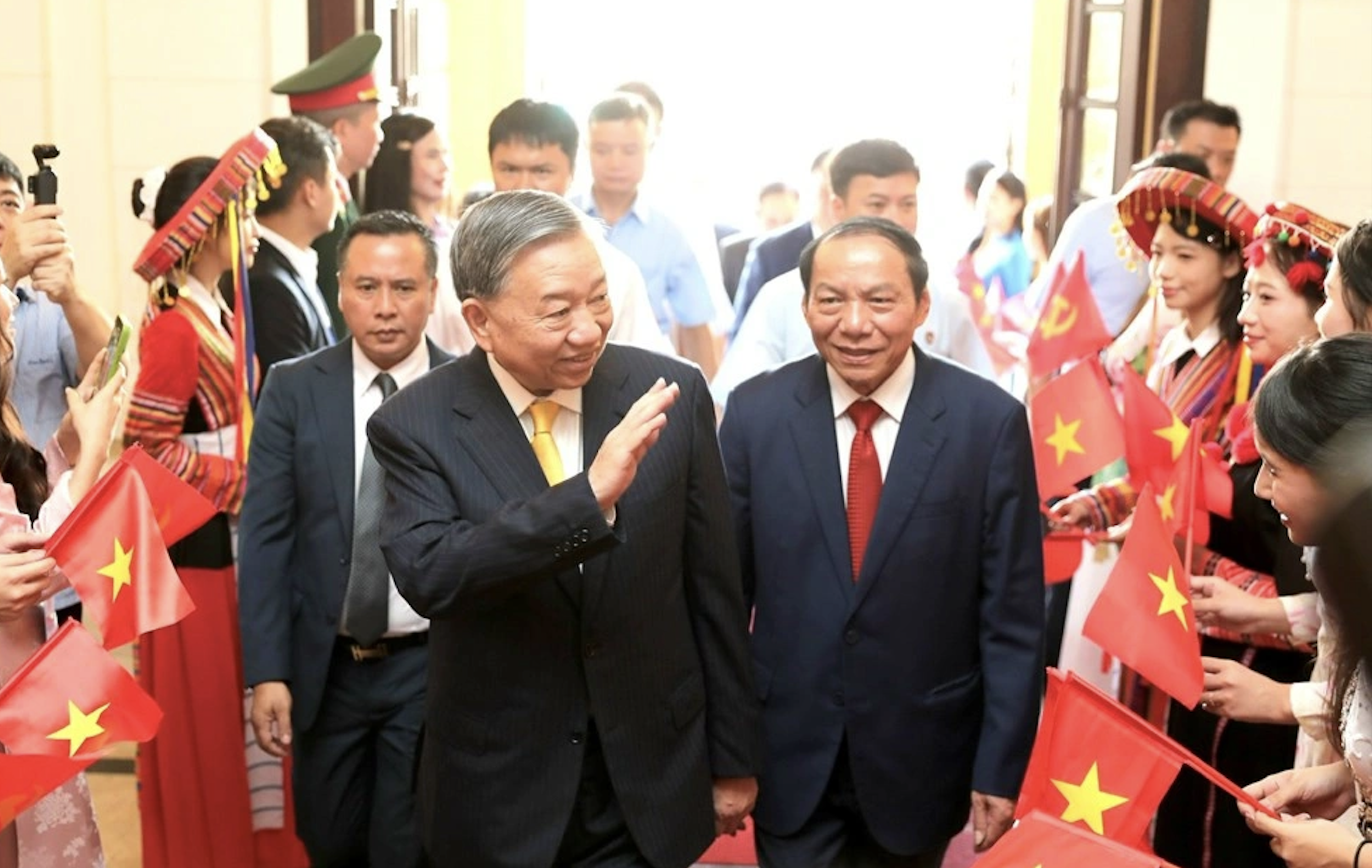


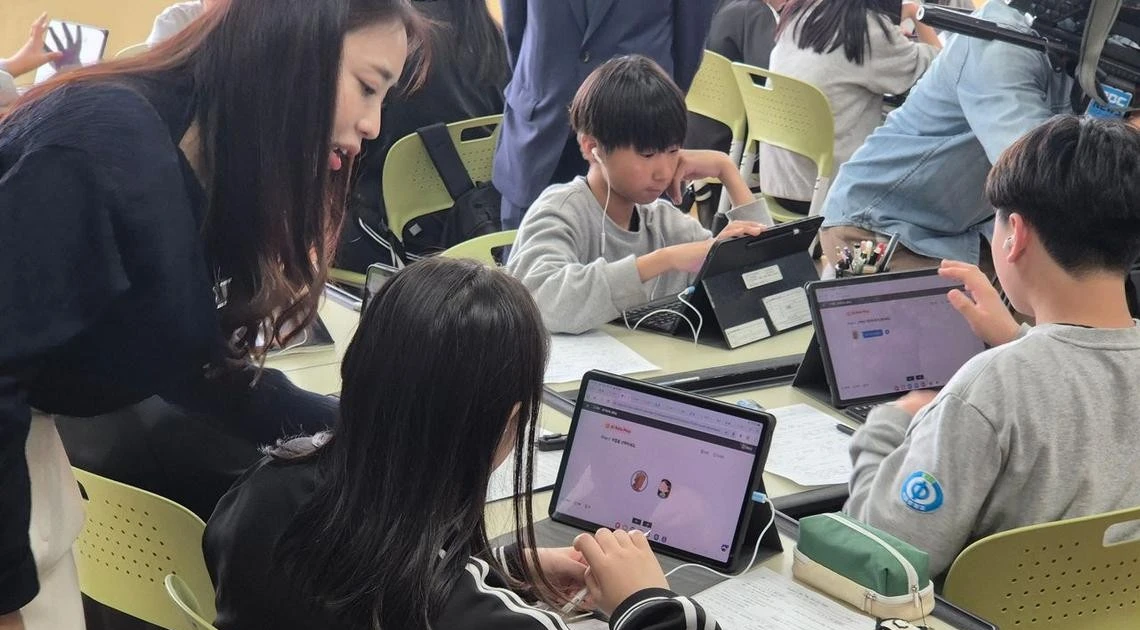
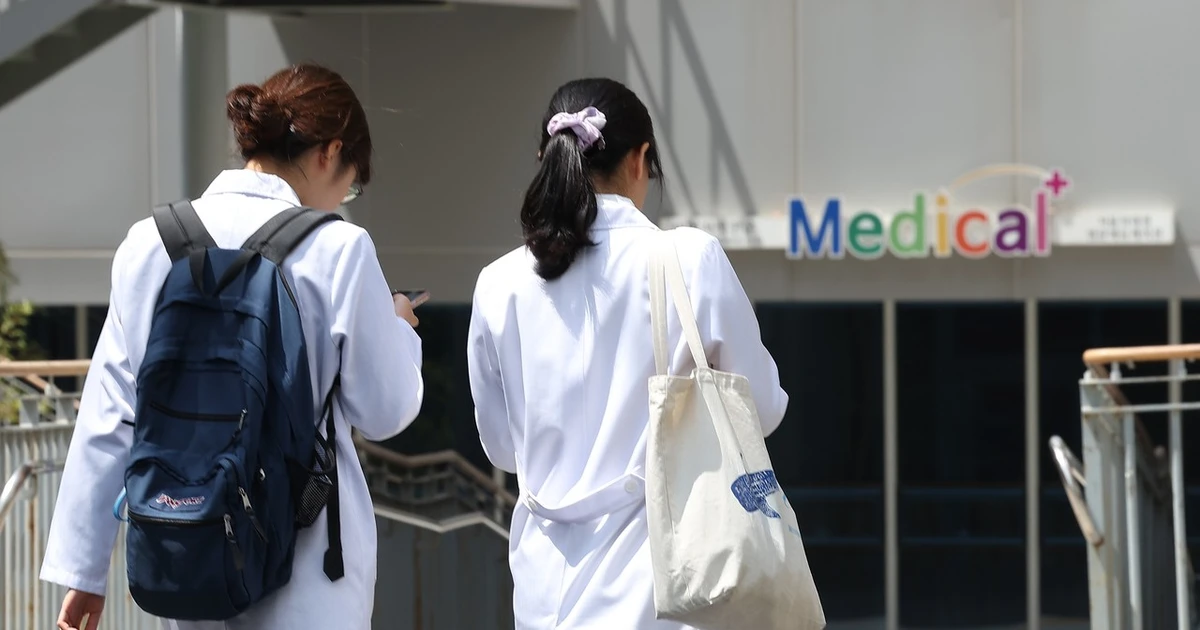
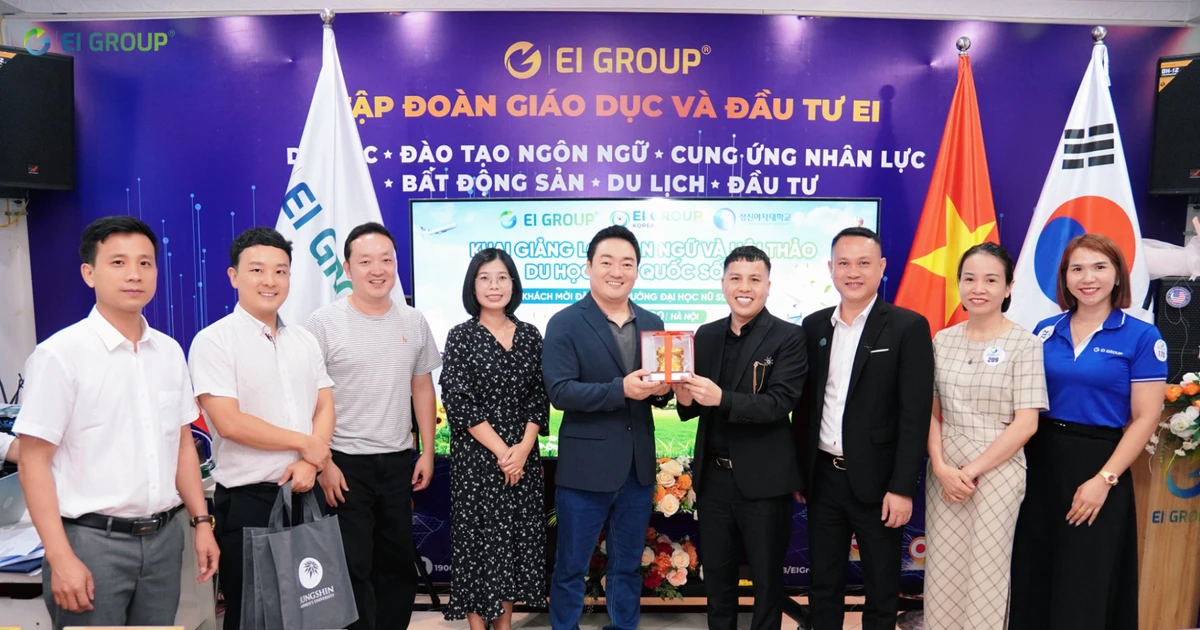
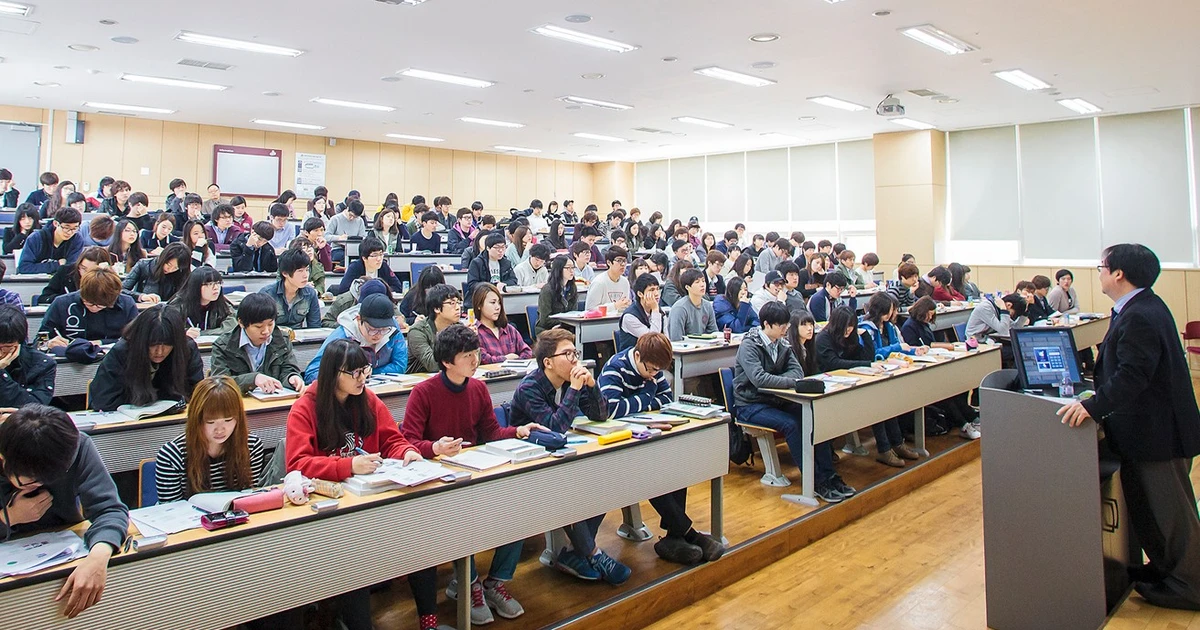
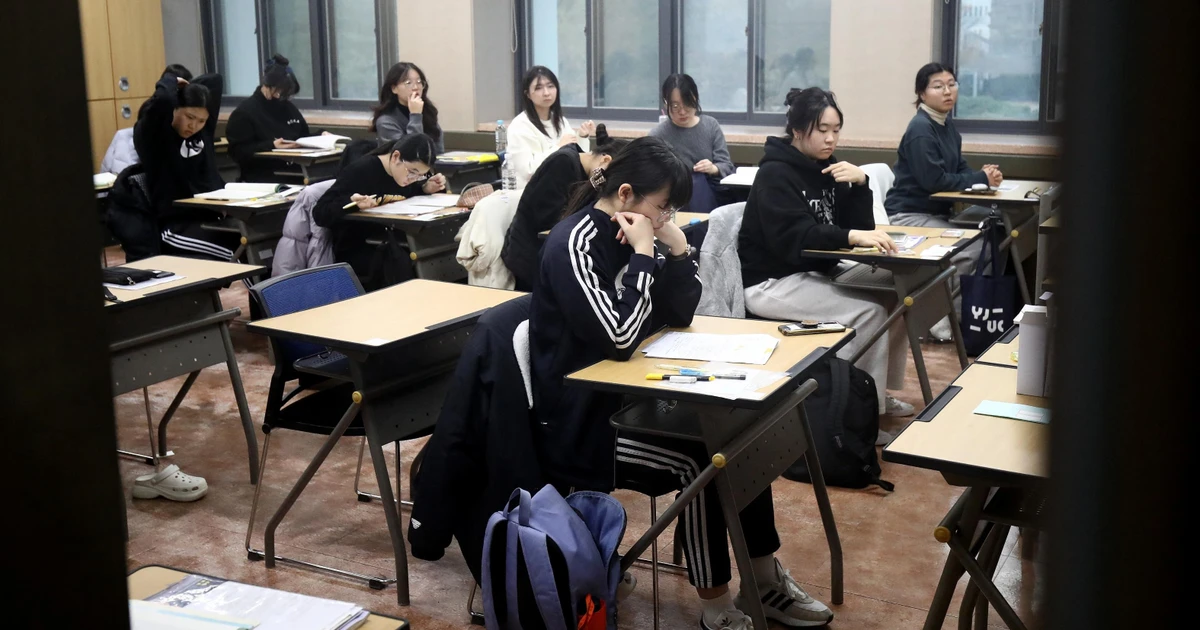
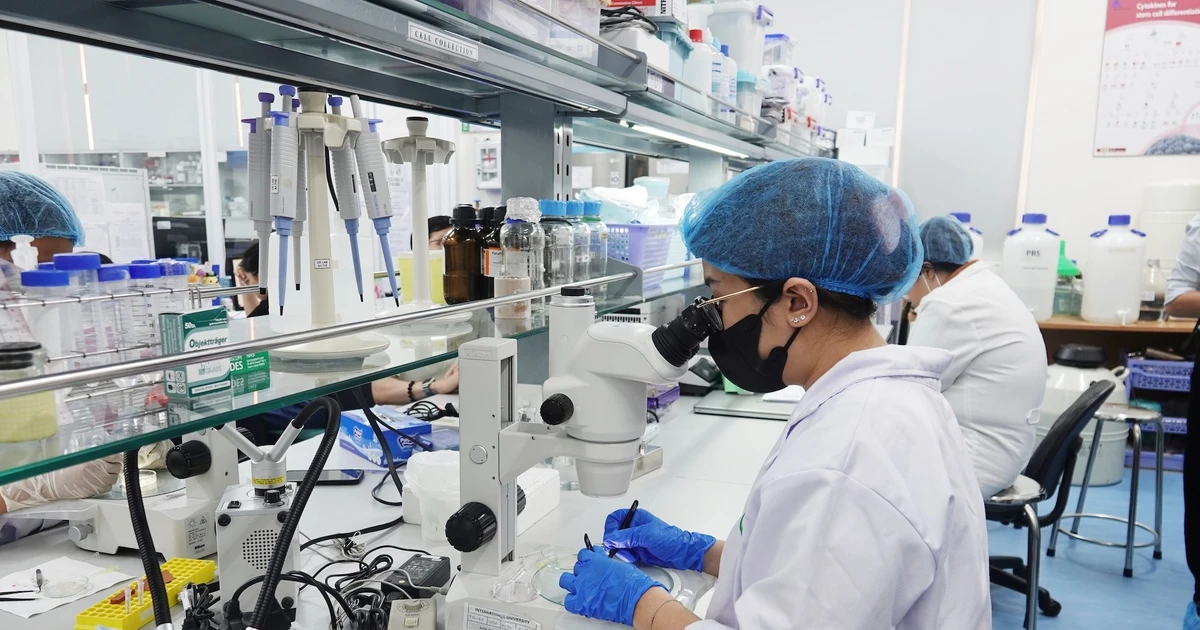
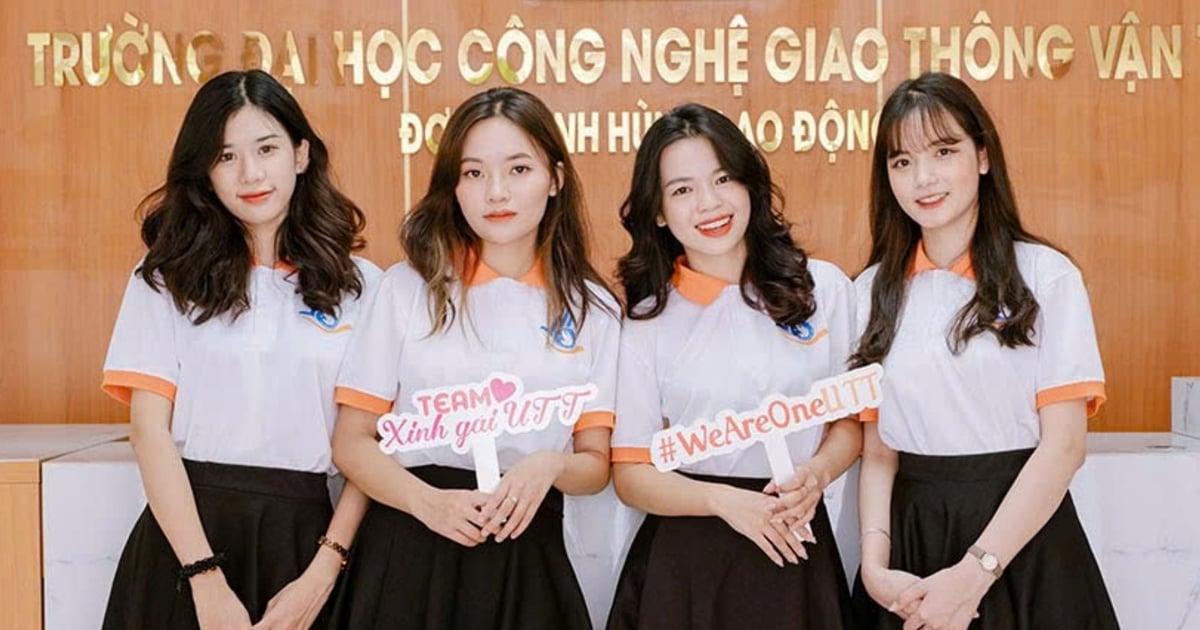

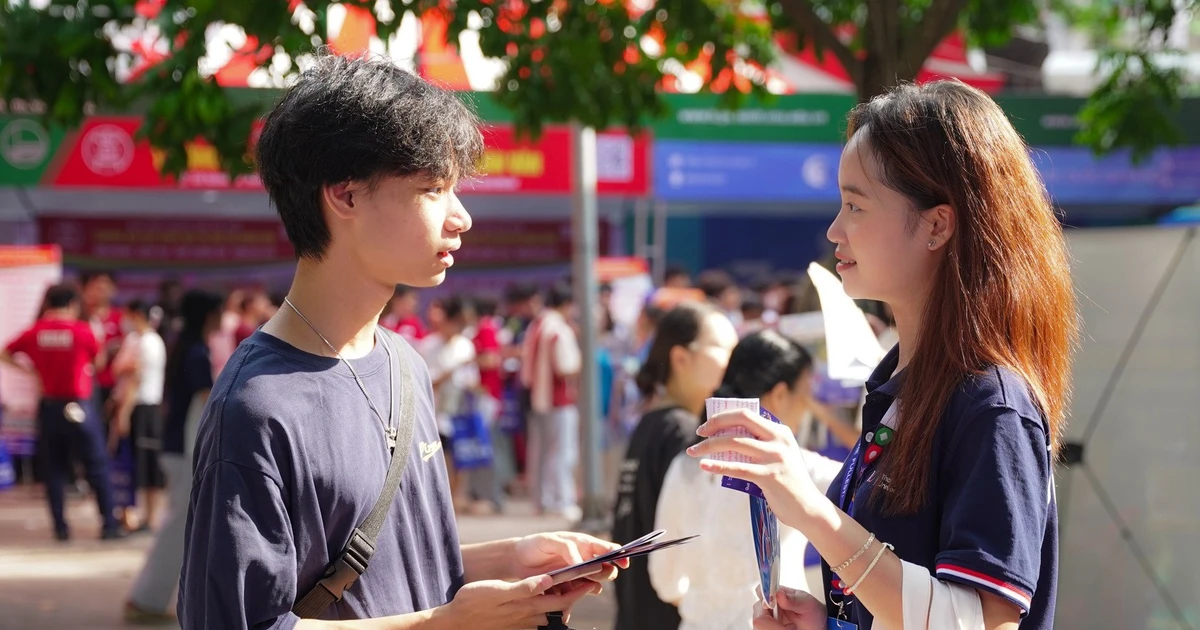
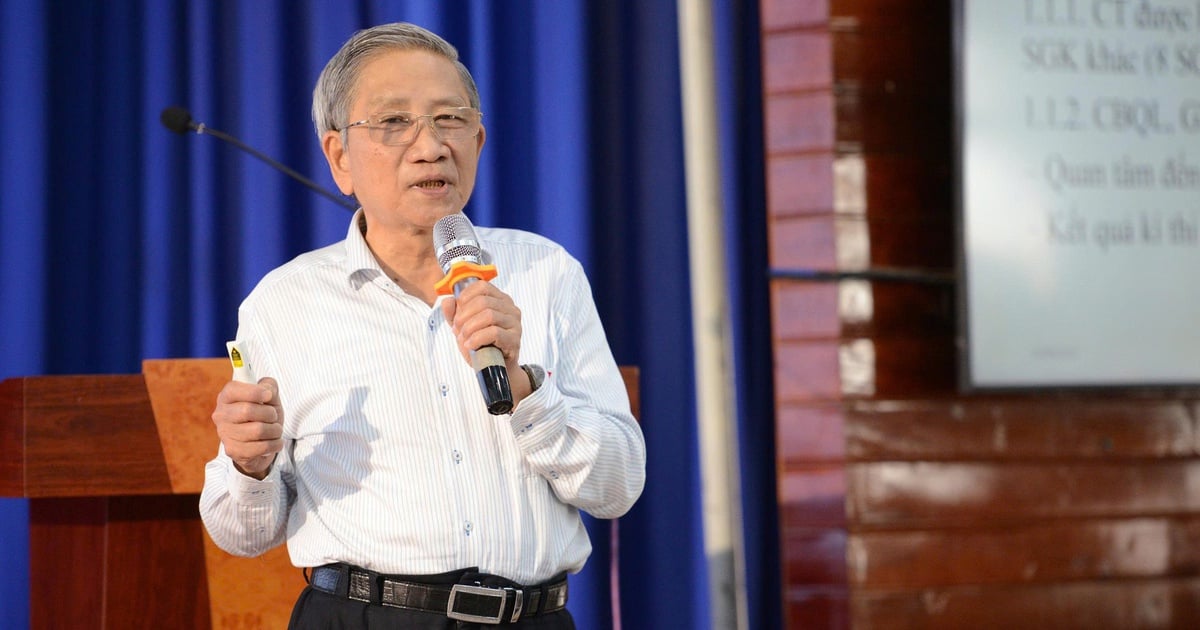
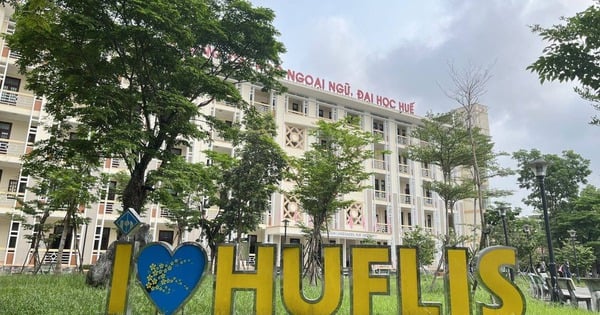

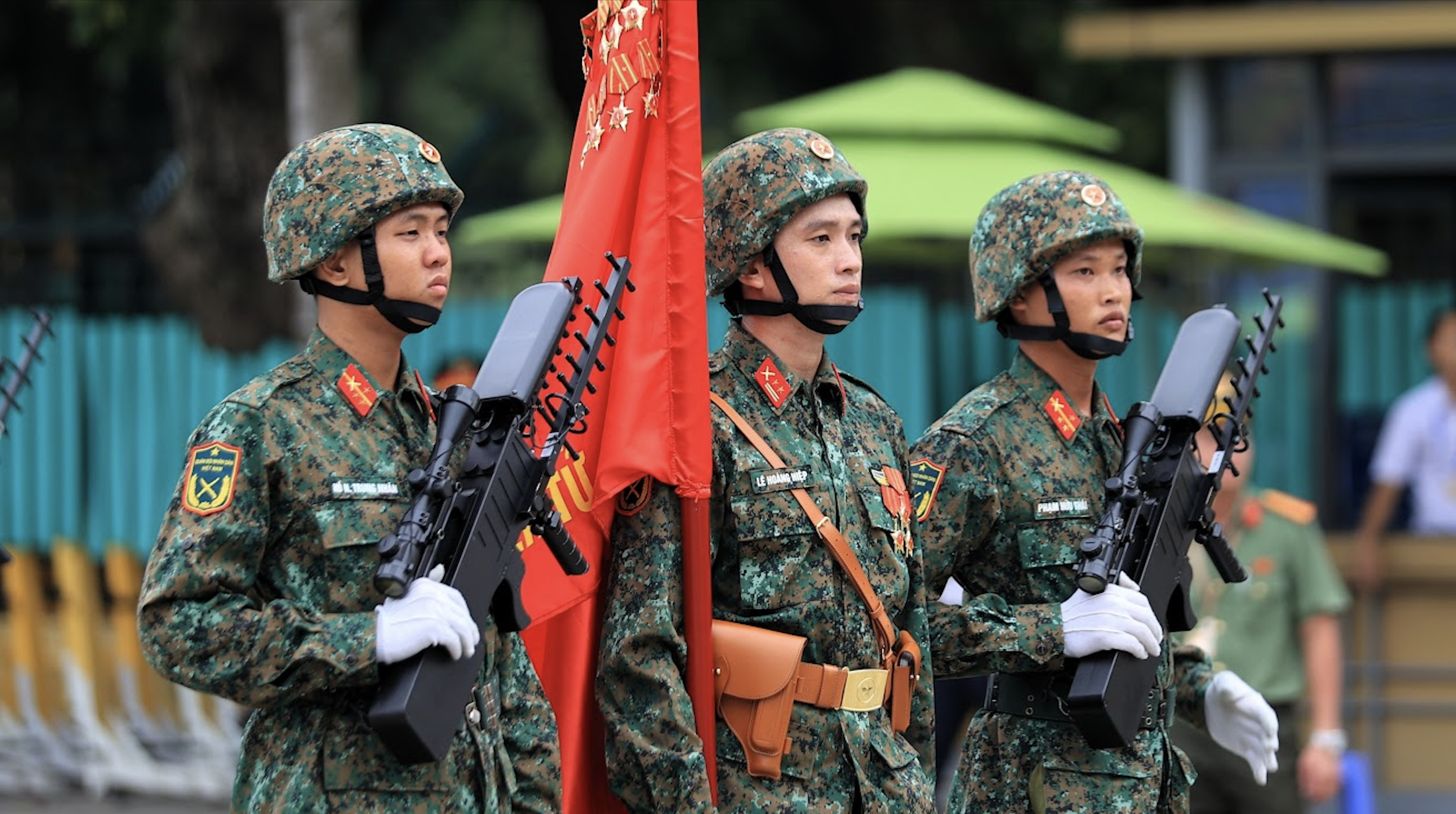



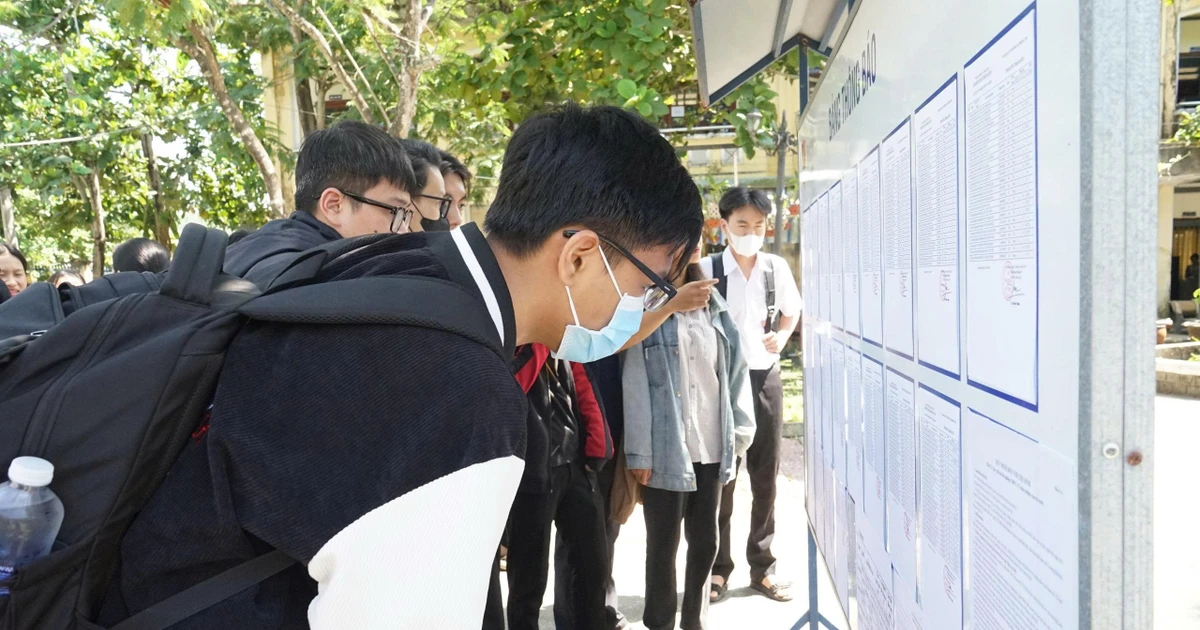
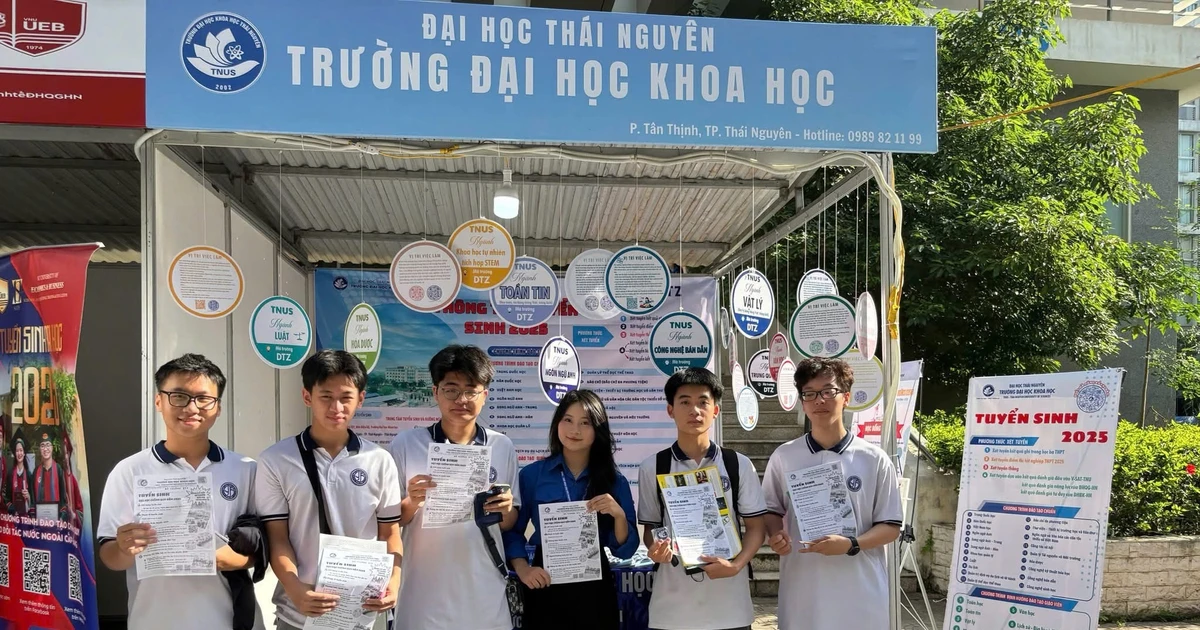
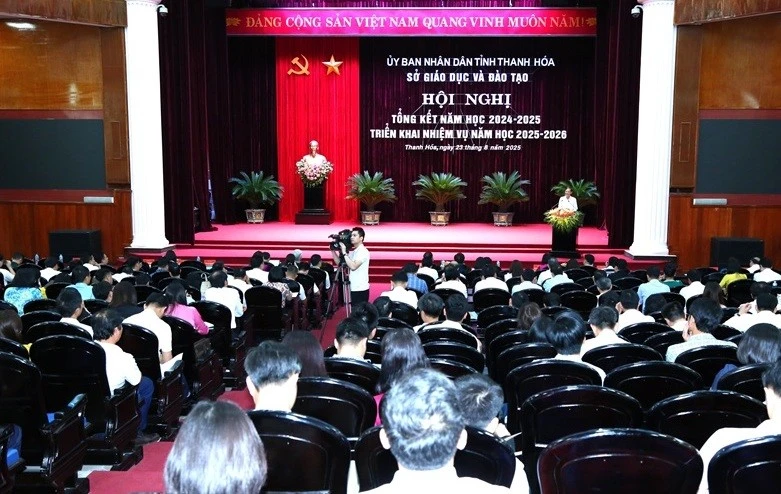

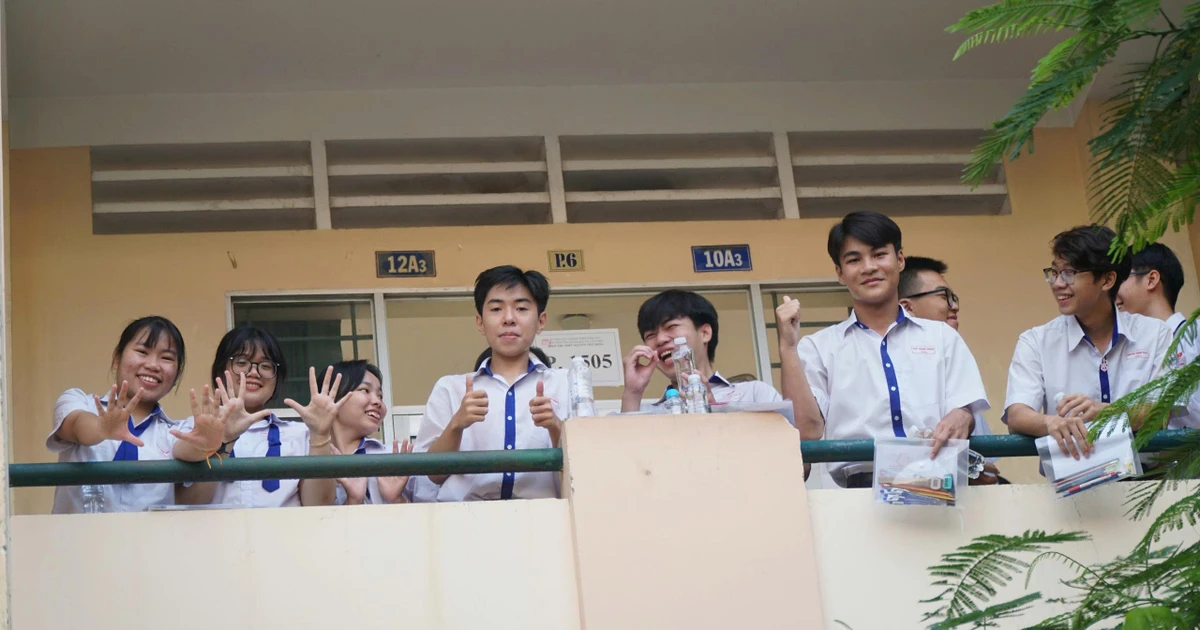



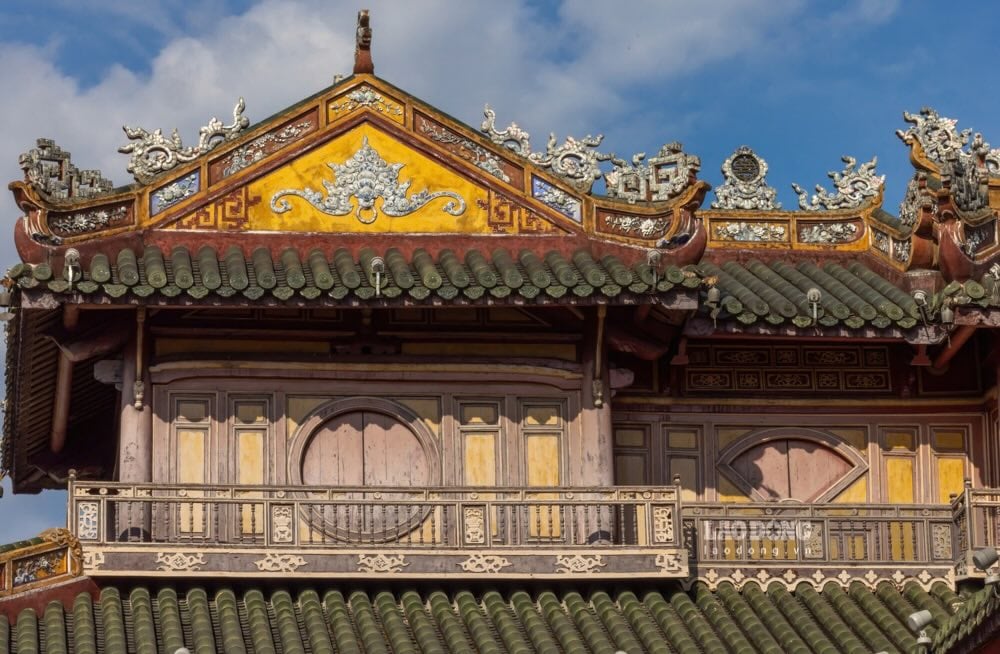
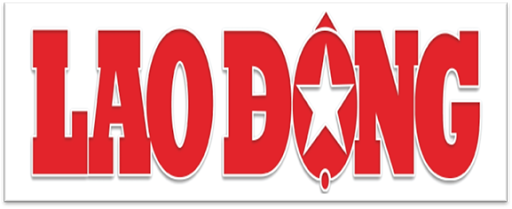
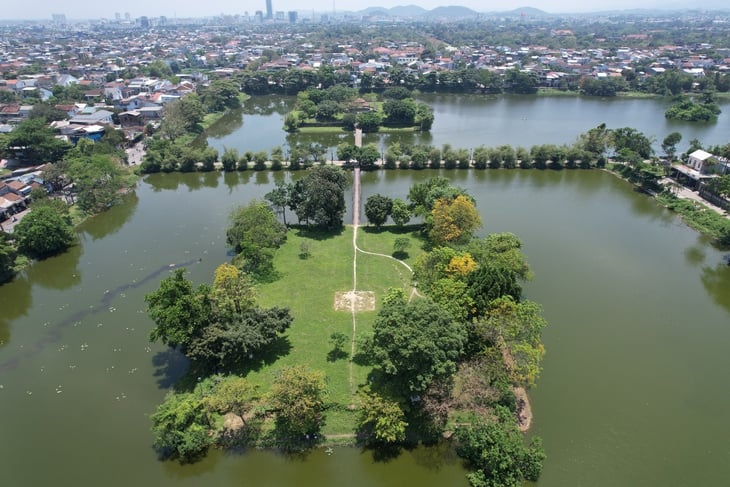

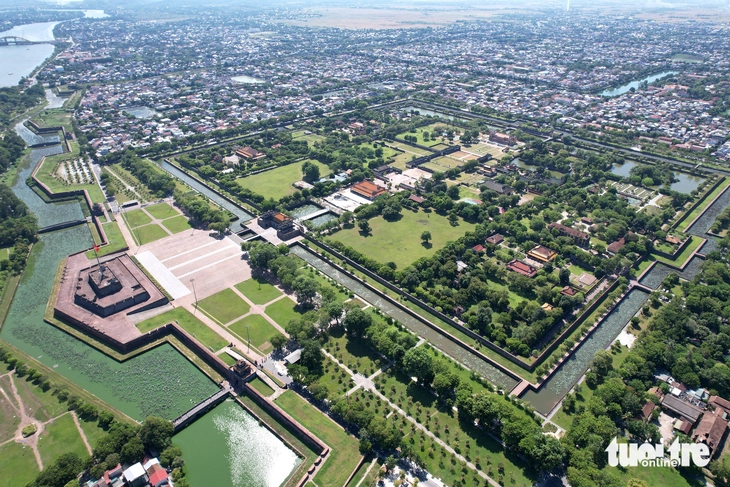
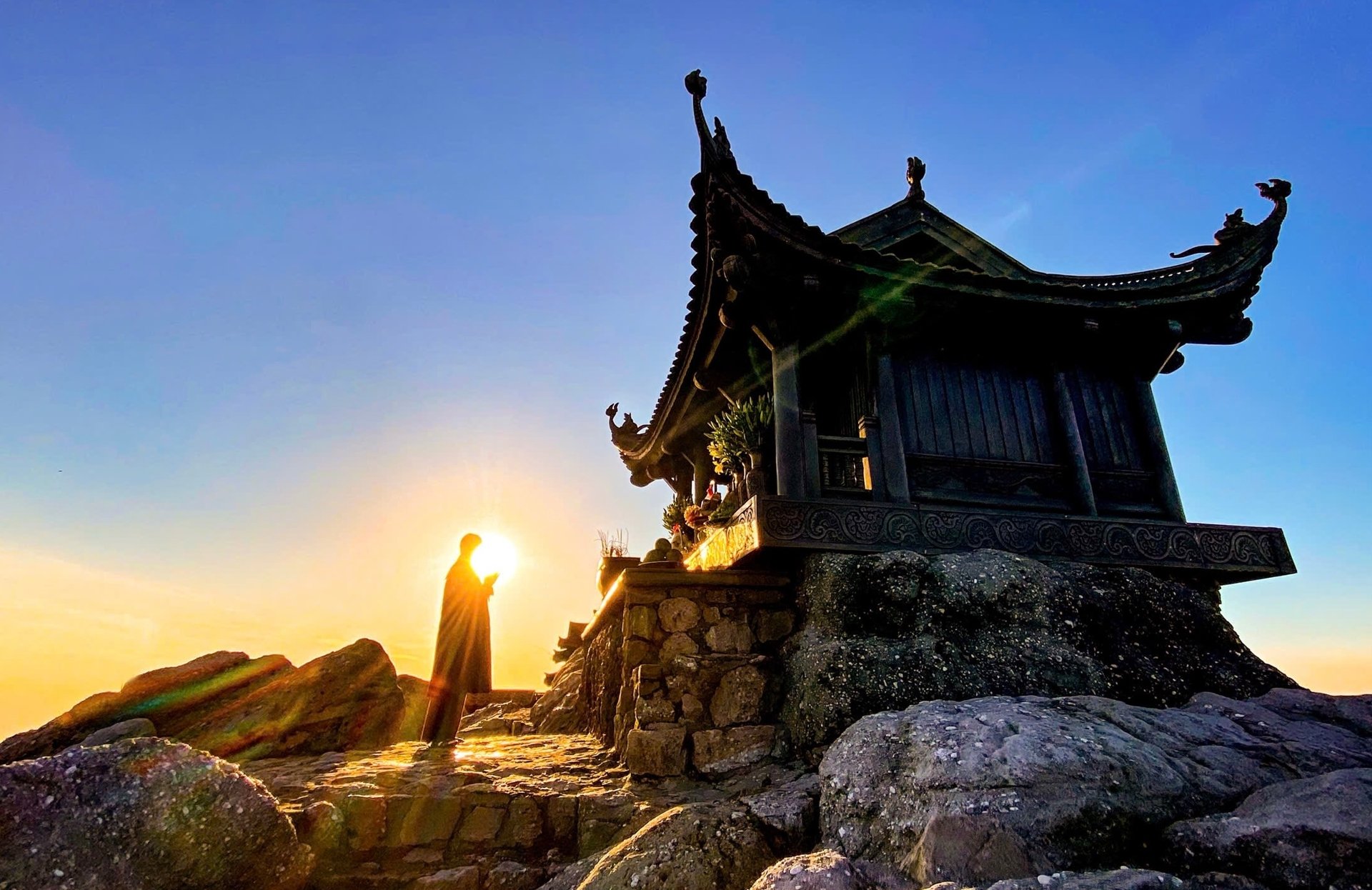
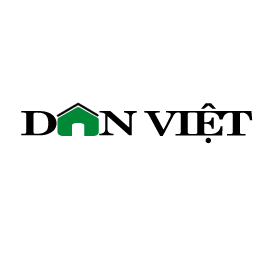
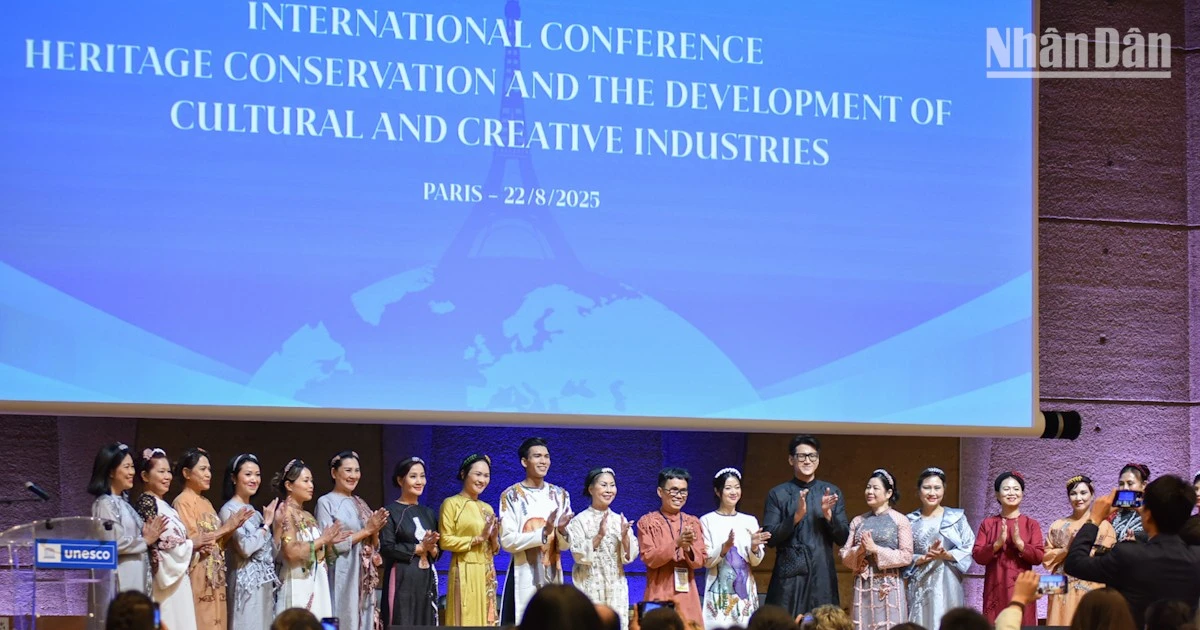
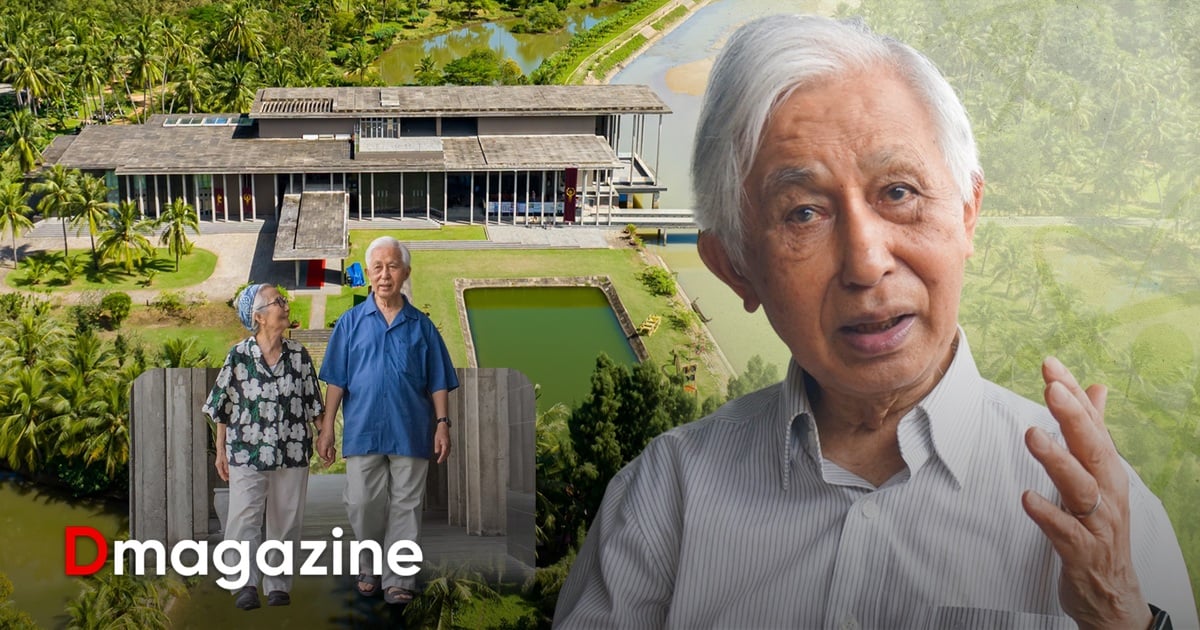

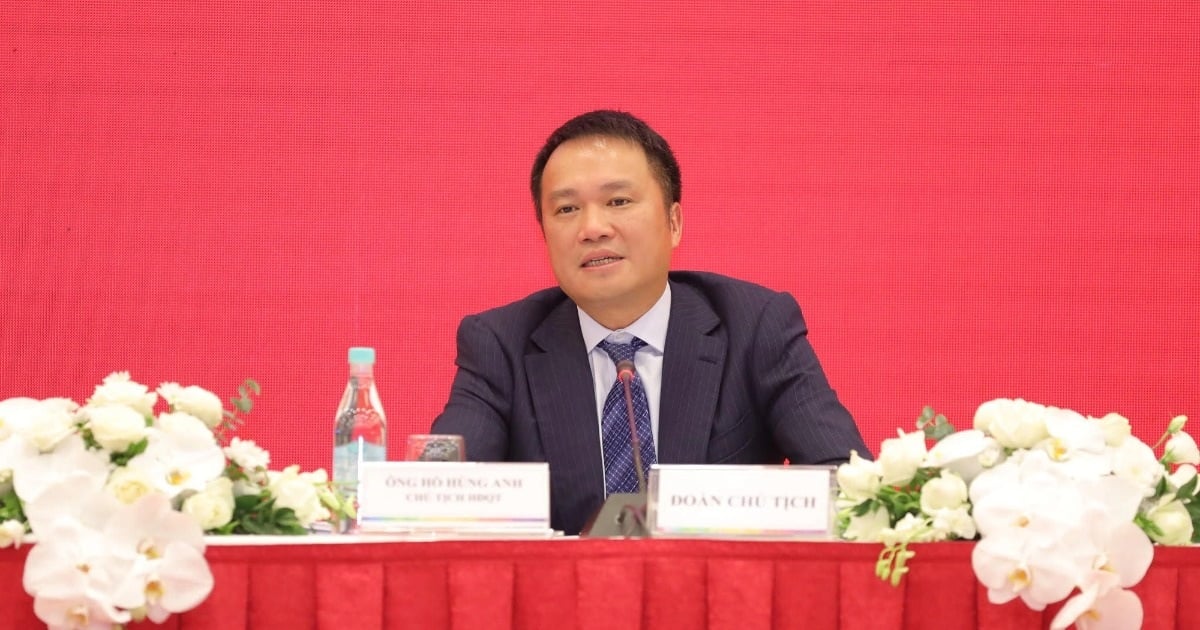
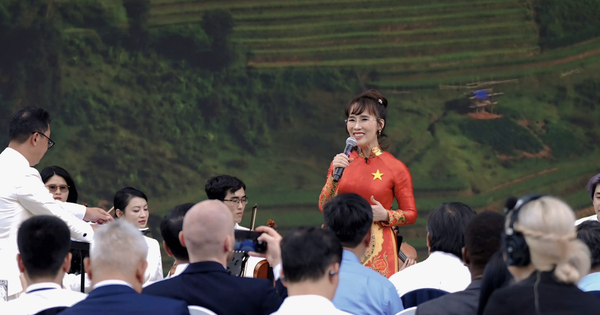
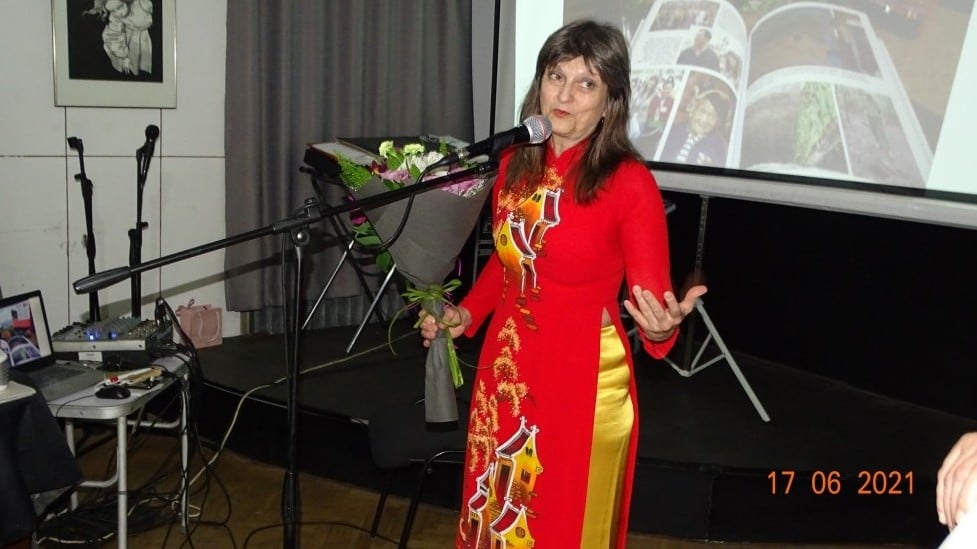






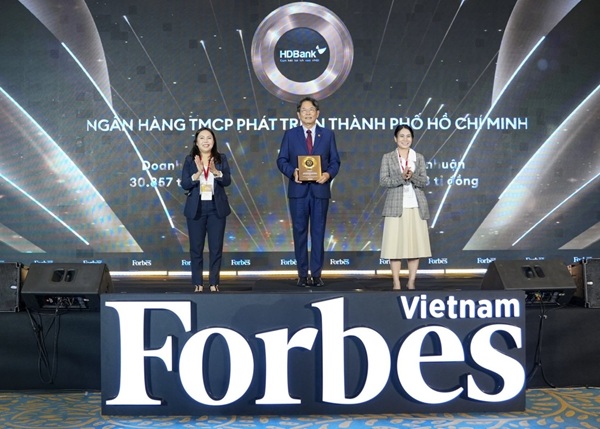


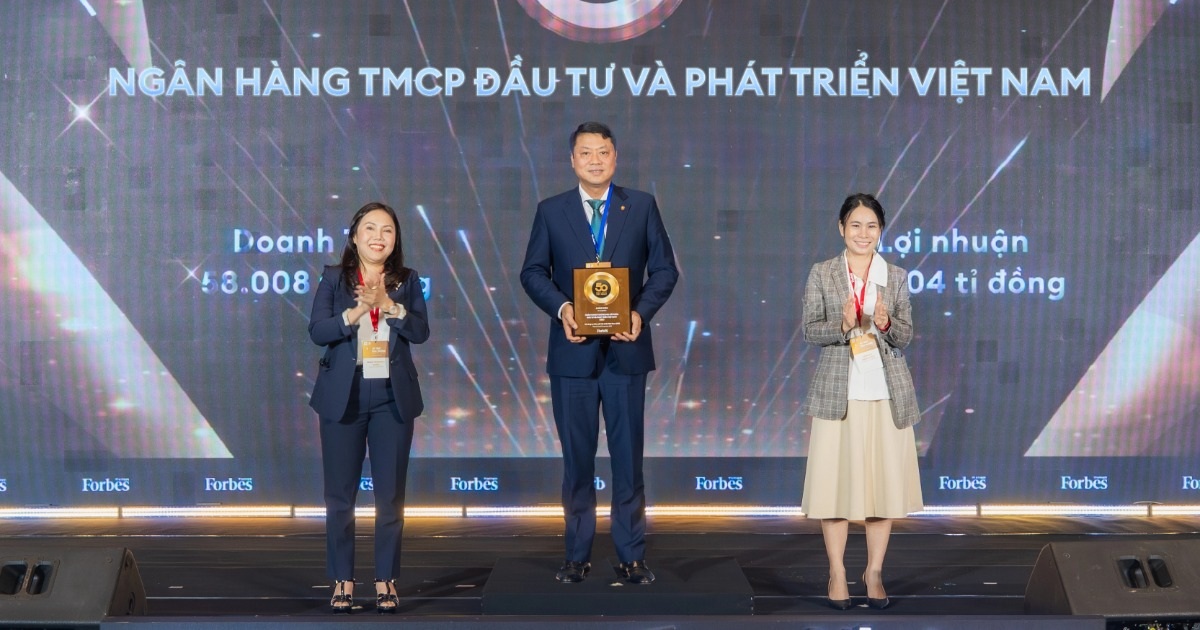


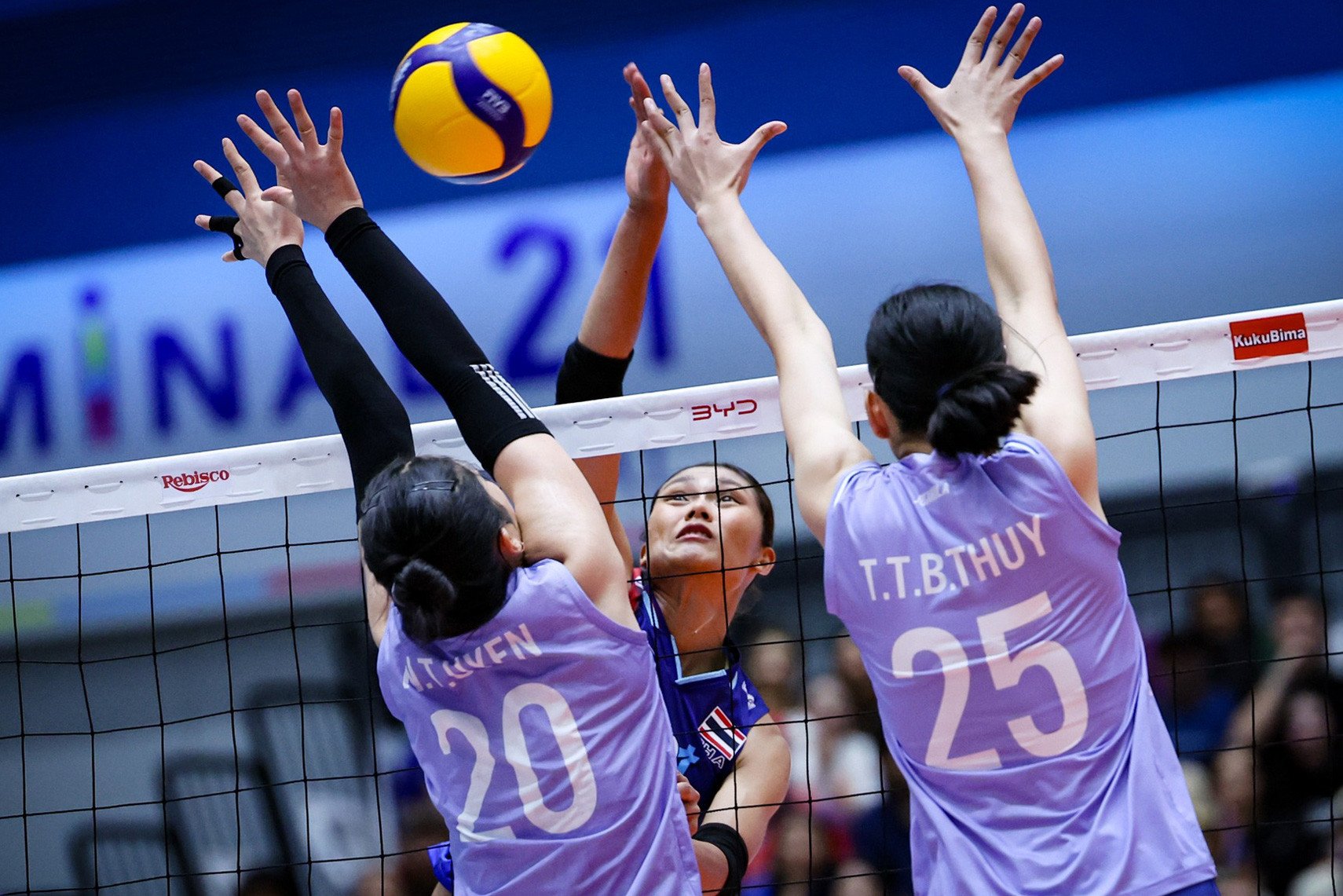

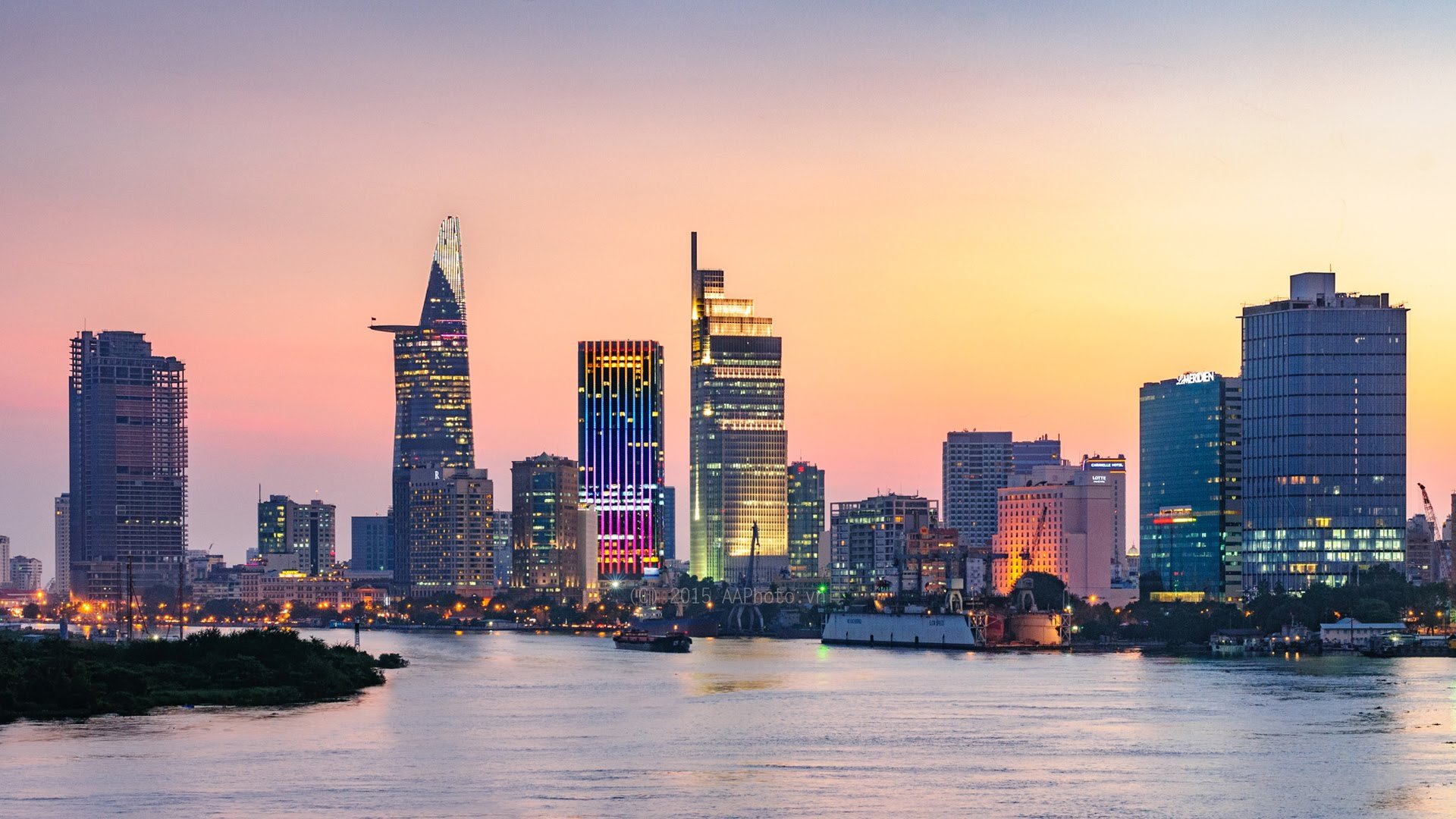
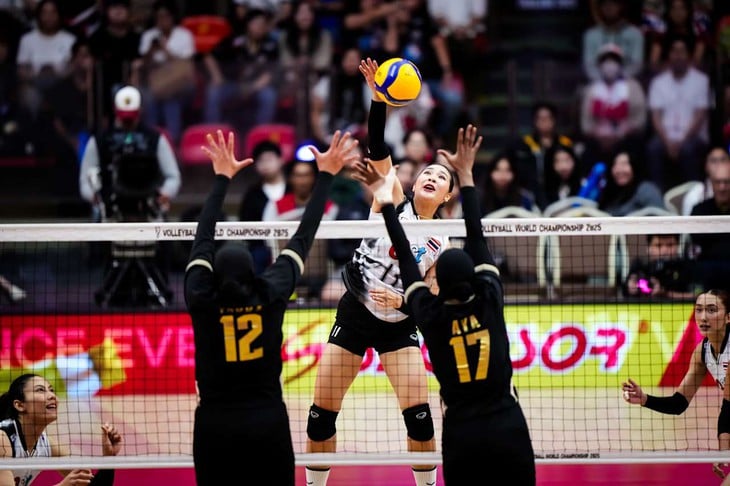



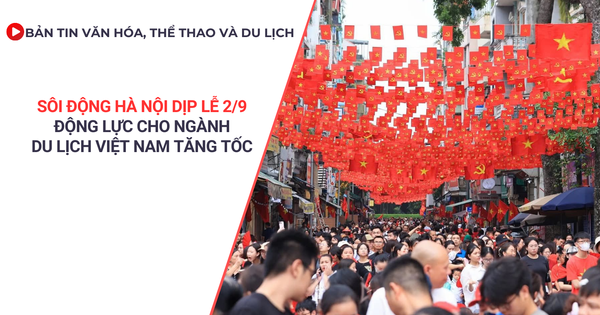

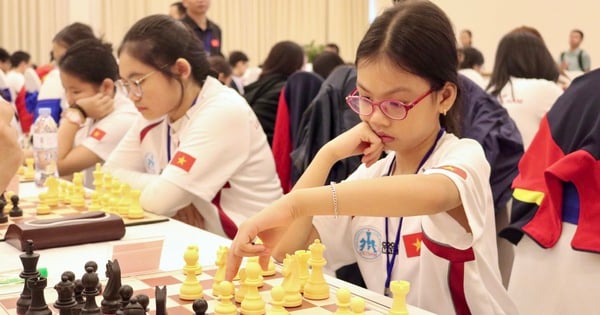
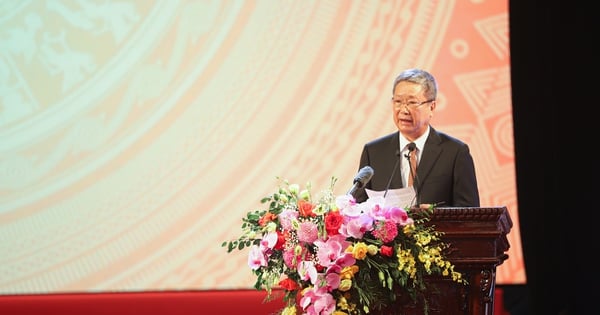


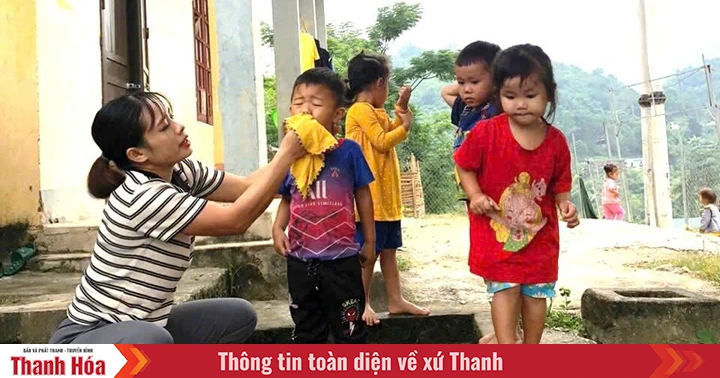
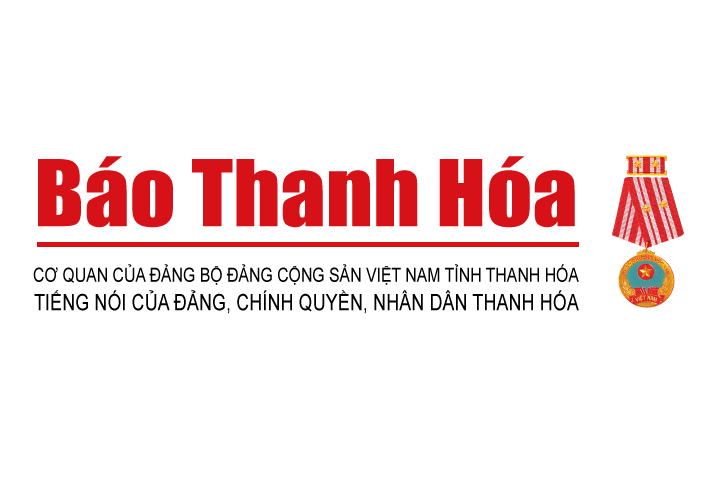
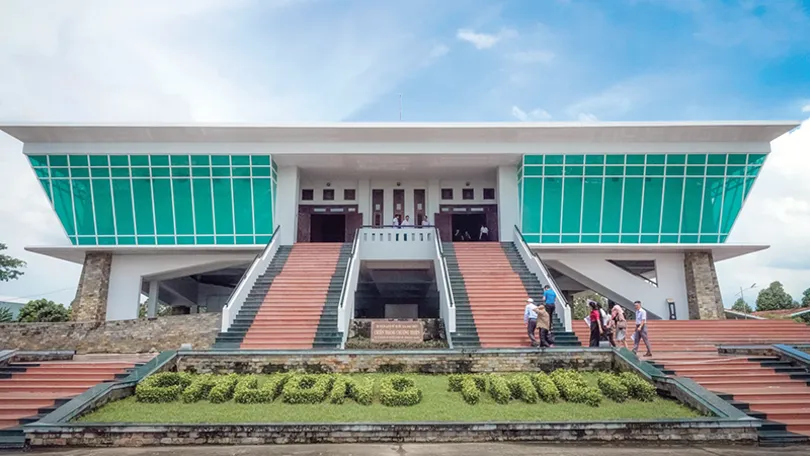




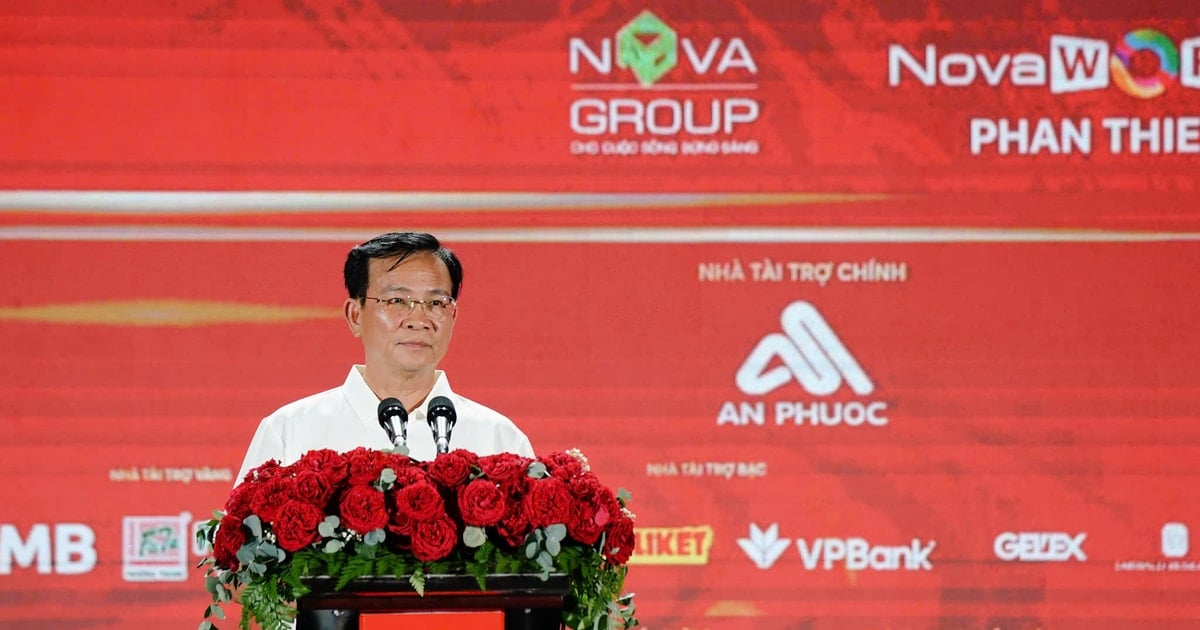



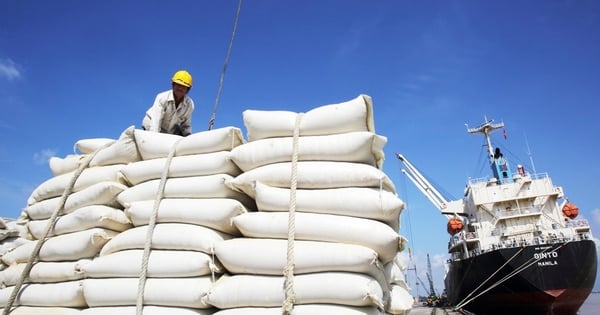
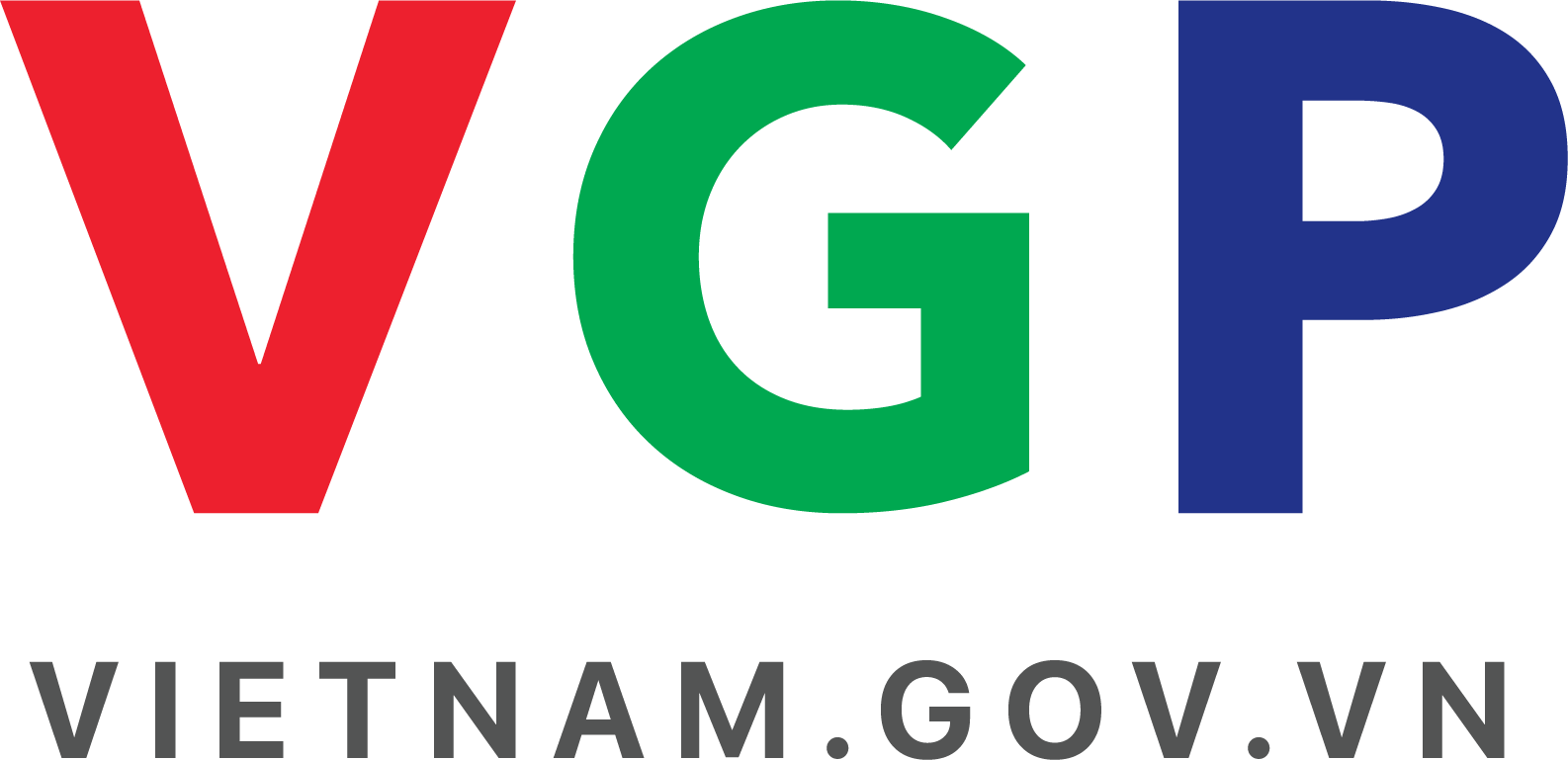
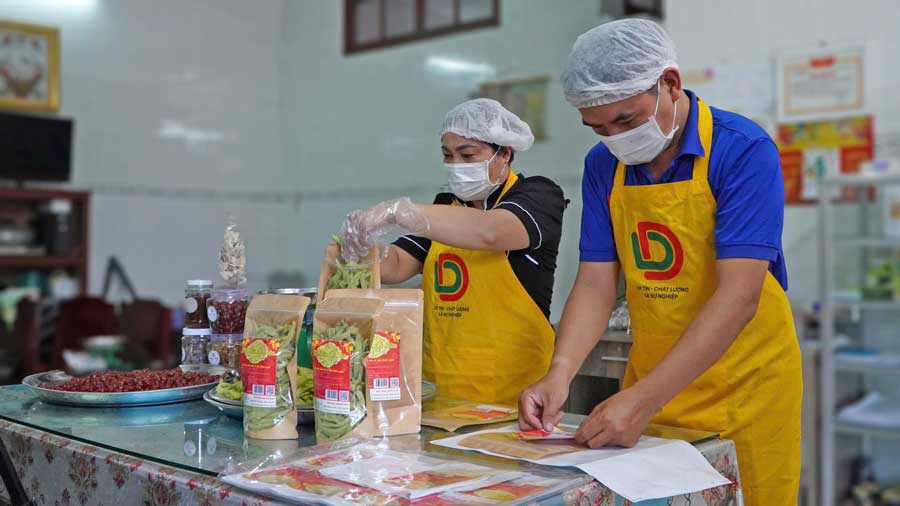

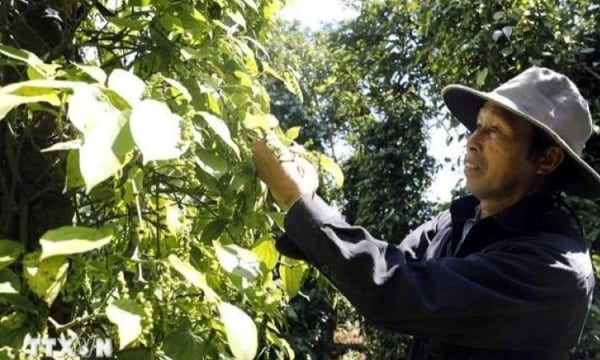
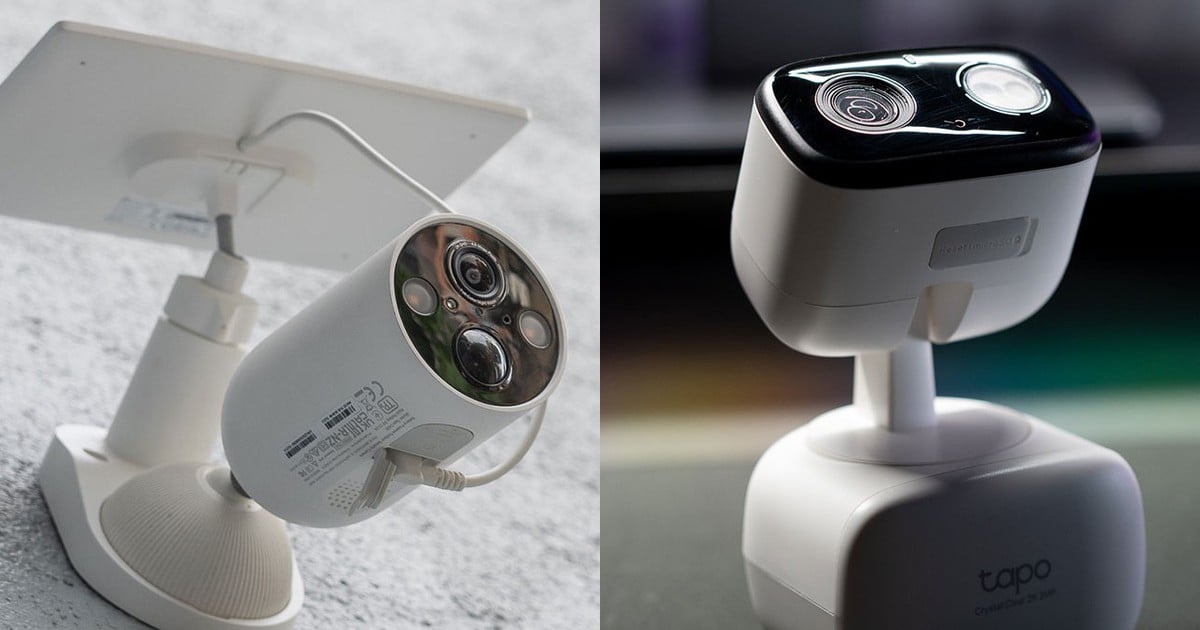
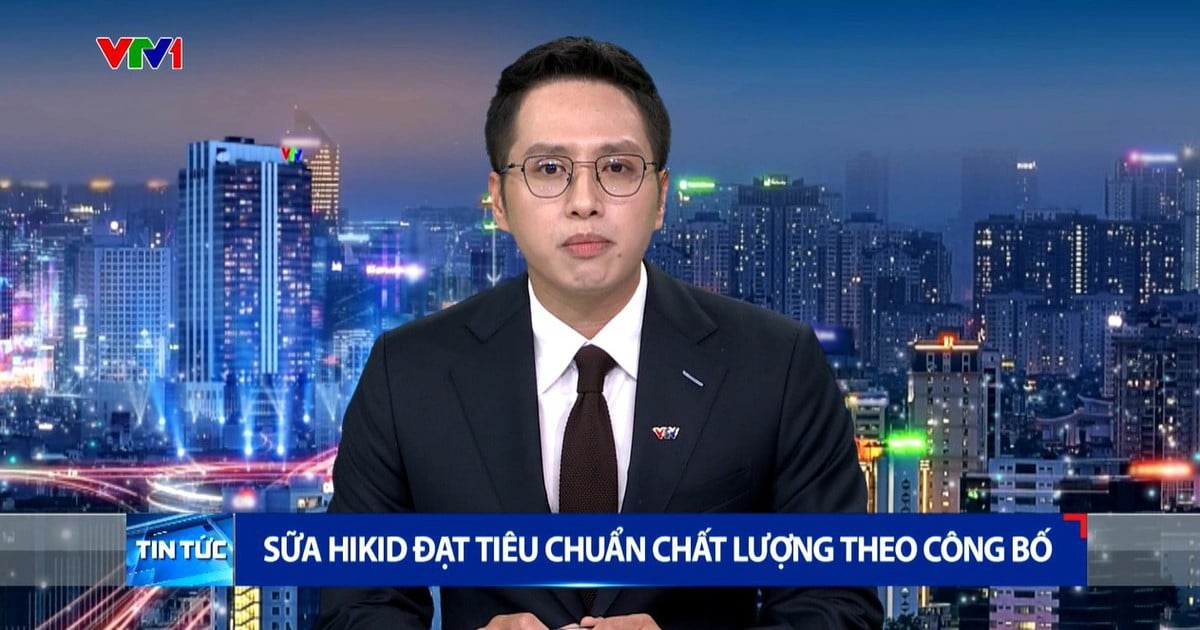
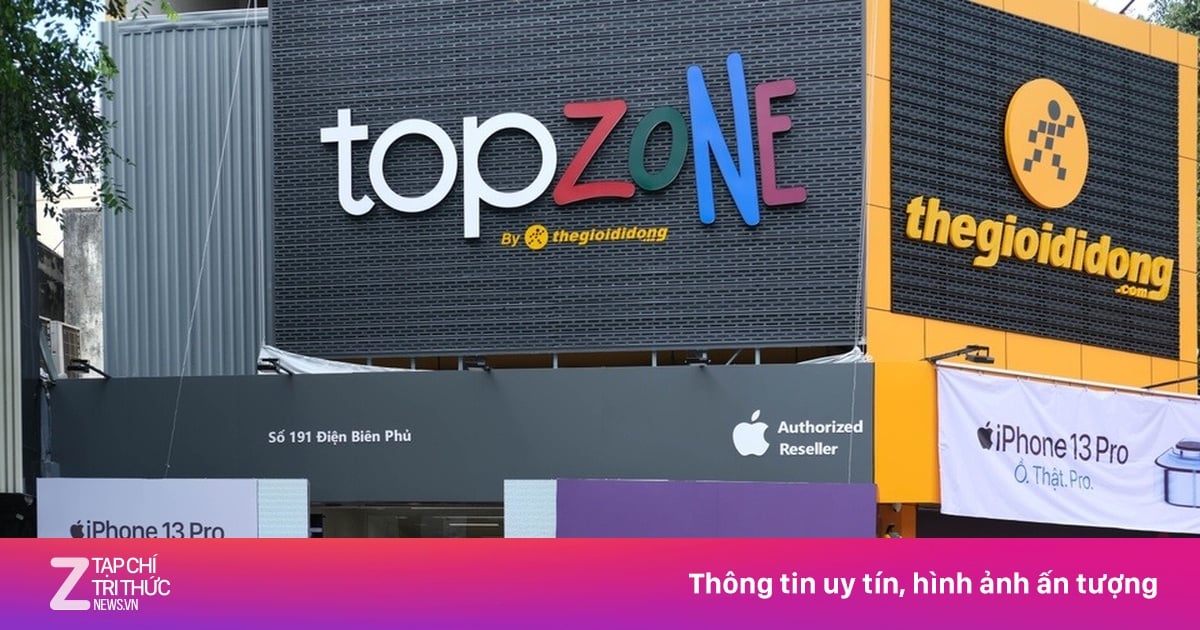






Comment (0)